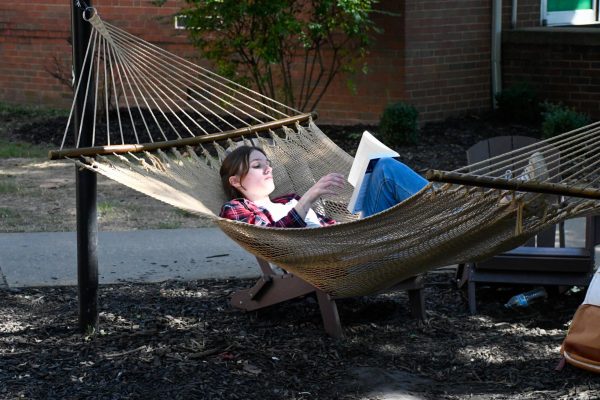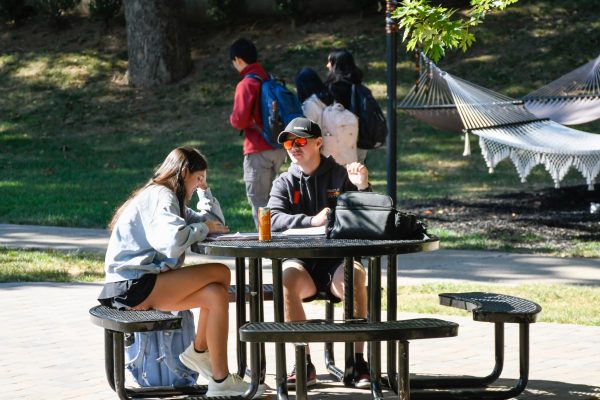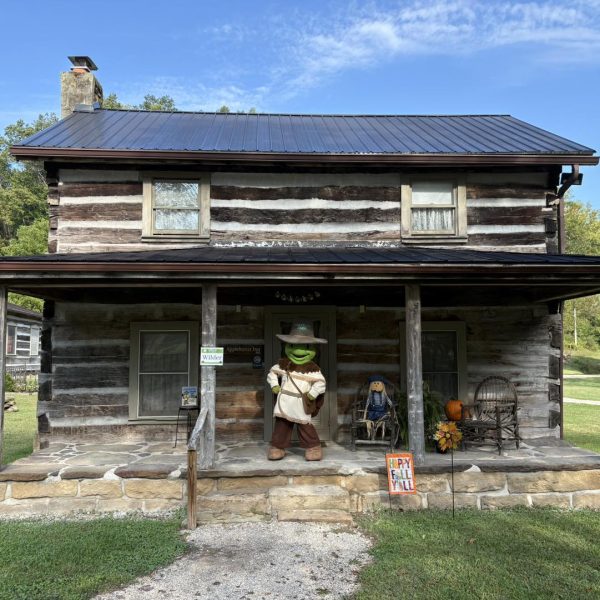College of Science receives $400,000 grant
Marshall University’s College of Science was awarded a grant worth nearly $400,000 by the National Science Foundation for the purchase of a new advanced microscope.
The microscope will primarily be used for research purposes, but it will also be used as a teaching tool for Marshall students, as well as K-12 students in Huntington. The microscope will be a field-emission scanning electron microscope, a machine that can view surfaces at the nanometer level.
“We started working with the grant in October of 2017,” Rosalynn Quiñones, the principal investigator for the grant and an assistant professor in the Department of Chemistry, said.
Quiñones said there is a microscope of this type on campus, but the images it produces are of poor quality due to it being nearly 20 years old.
Quiñones is one of eight faculty members from Marshall’s College of Science that participated in the grant, and were joined by representatives from West Virginia University, the University of Charleston, and scientists from Alcon Laboratories.
Quiñones also said it was a stroke of good fortune that the grant was accepted. Only around 25 percent of grants that are submitted to the NSF are accepted, and of those, only about 20 percent are first-time submissions.
There are already several research topics planned for when the microscope is installed, including research on minerals, nano-particles and arachnids such as spiders and scorpions.
“Marshall students will be able to do hands-on research, something we weren’t able to do,” Quiñones said.
The microscope’s usage will not be limited to the College of Science, however, as there are plans for other Marshall students to use the instrument, as well as using the microscope as a teaching tool for children and teens.
“We have included in the grant that K-12 [students] can use the instrument,” Quiñones said.
Michael Castellani, the chair for the College of Science, said the microscope should arrive in December, and the college is hoping to have the microscope installed by January of 2019. In addition, Castellani said that scholars from other universities, including West Virginia University, will be using the microscope.
“These things aren’t for one person to use,” Castellani said. “When you’re buying something that costs 400,000 dollars, you want as many people in as many places to use it as possible.”
Sam Phillips can be contacted at [email protected].
Your donation will help continue the work of independent student journalism at Marshall University. If you benefit from The Parthenon's free content, please consider making a donation.





